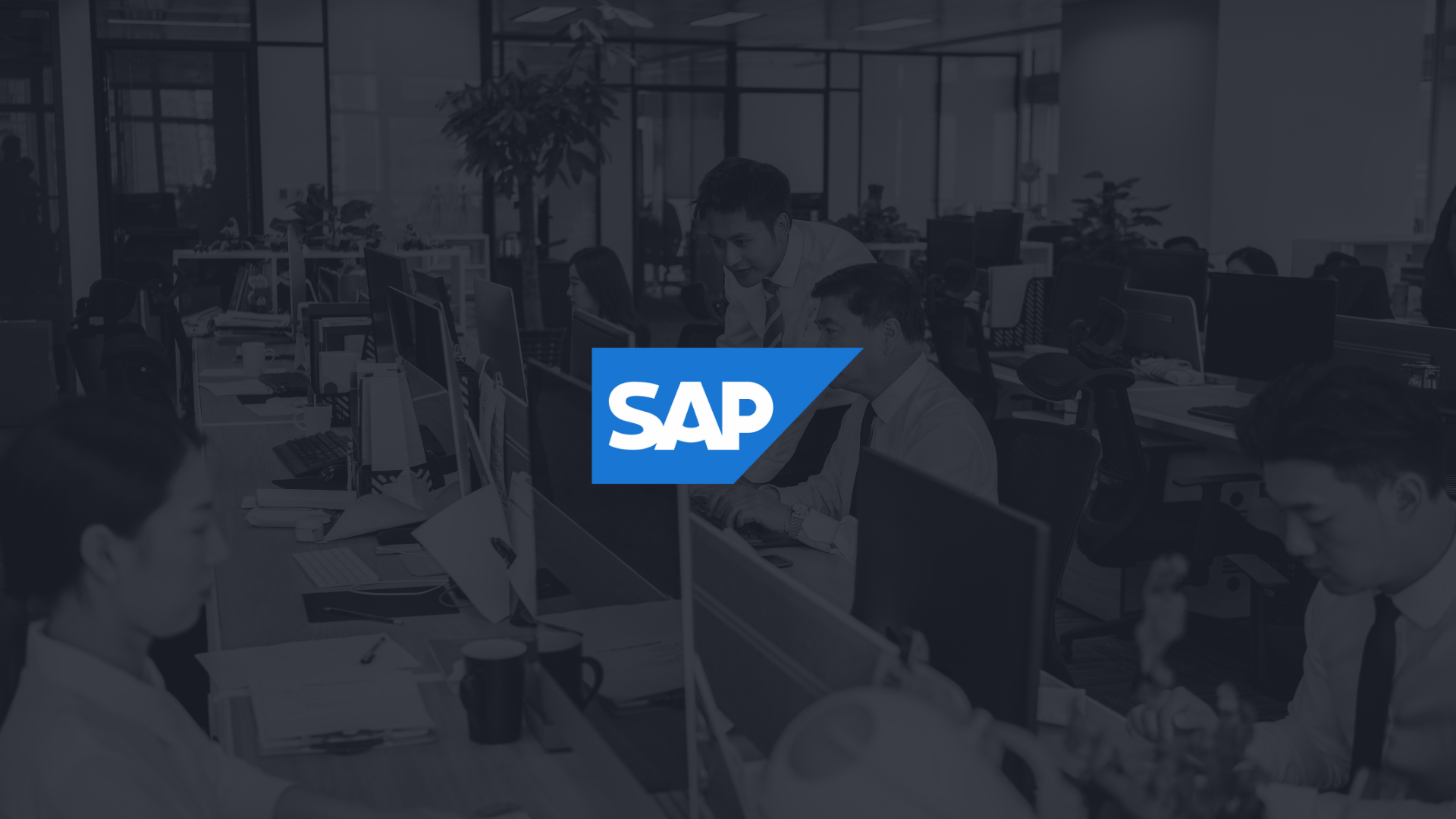Home / Blog / Insights / Streamlining IT Operations: Automation Between SAP and Microsoft Platforms

•
Streamlining IT Operations: Automation Between SAP and Microsoft Platforms
Automation between SAP and Microsoft platforms is more than a convenience—it’s a transformative shift that aligns two technological powerhouses to drive unprecedented efficiency and innovation in business operations. With SAP’s significant influence on global commerce, where over 87% of total global commerce is generated by its customers, and an increasing shift of SAP systems to cloud environments, the integration with Microsoft technologies presents vast opportunities for businesses.
Why Your Business Needs This Technology Integrating SAP with Microsoft technologies like Azure, Dynamics 365, and Microsoft 365 provides crucial benefits including enhanced scalability, advanced data analytics, and streamlined processes across various business functions. These integrations facilitate secure, robust, and efficient workflows, which are essential in a digitally driven market landscape.
Top 10 SAP and Microsoft Integrations
- SAP and Microsoft Azure
- Benefits: Hosting SAP on Azure improves scalability, flexibility, and cost-efficiency. Azure’s global infrastructure ensures high availability and disaster recovery capabilities.
- SAP and Microsoft Dynamics 365
- Benefits: Integrating SAP with Dynamics 365 enhances CRM capabilities, providing a 360-degree view of customer interactions and streamlining sales, marketing, and customer service processes.
- SAP and Microsoft Office 365
- Benefits: This integration facilitates better communication and collaboration via tools like SharePoint, Teams, and Office apps. It simplifies access to SAP reports and dashboards directly within familiar Office interfaces.
- SAP and Microsoft Power BI
- Benefits: Combining SAP with Power BI allows businesses to create rich, interactive reports and dashboards that provide actionable insights into SAP data, improving decision-making processes.
- SAP and Microsoft Power Automate
- Benefits: Automating workflows between SAP and other Microsoft applications streamlines processes, reduces manual tasks, and minimizes errors.
- SAP and Microsoft Azure AI
- Benefits: Using Azure AI tools with SAP data enables advanced analytics, predictive insights, and machine learning capabilities, leading to smarter business strategies and operational efficiency.
- SAP and Microsoft Azure IoT
- Benefits: Integrating SAP with Azure IoT harnesses real-time insights from IoT devices to enhance manufacturing, supply chain, and maintenance processes with better data analysis and responsiveness.
- SAP and Microsoft Teams
- Benefits: This integration enhances workflow with features like accessing SAP data directly within Teams, facilitating better team collaboration and quicker decision-making.
- SAP and Azure Active Directory
- Benefits: Integrating SAP with Azure AD provides secure, single sign-on to SAP applications, enhancing security and simplifying user access management.
- SAP and Microsoft OneDrive and SharePoint
- Benefits: Linking SAP with OneDrive and SharePoint offers seamless document management and storage solutions, ensuring that all documents generated from SAP are securely stored and easily accessible.
These integrations not only enhance the functionality and reach of SAP systems but also leverage Microsoft’s cutting-edge technology to bring about substantial improvements in efficiency, security, and user experience across various business functions.
How to Get Started with Integration The journey towards effective integration begins with a clear understanding of your business processes and identifying which areas will benefit most from automation. The key steps include:
- Assessment: Conducting a thorough assessment of your current IT infrastructure and workflows.
- Planning: Mapping out a strategy that outlines which SAP and Microsoft tools will be integrated.
- Implementation: Leveraging experts like Convverge to integrate these systems using best practices and innovative tools.
- Testing: Rigorously testing the new system to ensure it operates as intended.
Businesses looking to integrate SAP with Microsoft platforms can start by exploring various integration scenarios outlined by SAP and Microsoft:
- Utilize Microsoft Azure to extend SAP landscapes into a scalable, secure cloud environment.
- Leverage Azure API Management to create secured APIs.
- Employ Microsoft Power Platform to maintain a clean ABAP core by building extensions.
- Use Logic Apps for automating business processes and integrating them with Azure services for enhanced capabilities.
These initial steps are supported by comprehensive resources from both SAP and Microsoft, including developer accounts and detailed documentation to guide the integration process.
Integration Scenarios and Resources Several key integration scenarios highlight the potential of SAP with Microsoft technologies:
- Azure and SAP: Extend SAP solutions through Azure to enhance performance and security.
- Microsoft 365 and SAP: Enhance productivity by integrating SAP solutions with Microsoft Office, including email integrations and live data feeds into Excel.
- Microsoft Teams and SAP: Facilitate collaboration by integrating SAP applications directly within Microsoft Teams.
- Power Platform and SAP: Enable business users to build custom applications that leverage SAP data, enhancing flexibility and responsiveness.
For each integration area, businesses can find specific guides and toolkits on the Microsoft and SAP community platforms, ensuring that the integration process is both smooth and robust.
Measuring the Success of Automation Solutions The impact of integrating SAP with Microsoft platforms can be measured through several key performance indicators:
- Efficiency Gains: Reduction in process completion times and manual data entry.
- Accuracy: Lower error rates and higher data consistency across platforms.
- Employee Satisfaction: Improved workflow leading to reduced workload and enhanced job satisfaction.
- ROI: Tracking the return on investment by comparing the cost of integration against the financial and operational benefits gained.
Expanding Your Automation Capabilities After mastering basic integrations, consider leveraging advanced tools such as AI and machine learning on Azure to predict business outcomes and automate decision-making processes. Custom development may also be undertaken to address specific business needs that standard connectors cannot fulfill.
Embrace the future of business operations with Convverge’s expertise in SAP and Microsoft integration. Whether you’re looking to start your integration journey or optimize existing systems, our team is ready to help you achieve operational excellence. Connect with us today to explore how automation can transform your business processes, making them more efficient and error-free.
Visit Convverge’s Integration Services to learn more and schedule your strategic consultation.


